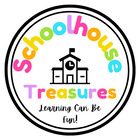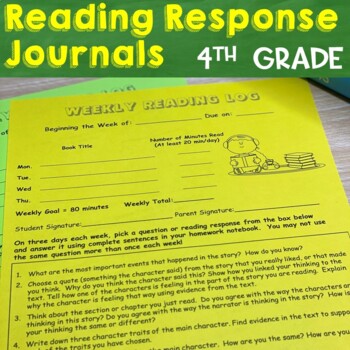Welcome to our book study of The Reading Strategies Book: Your Everything Guide to Developing Skilled Readers by Jennifer Serravallo! I am joining forces with some other fabulous teacher bloggers to discuss the reading strategies we come across in this AMAZING professional text! If you missed my first post about this book study, you can find it here, along with a suggested way to set up your book for easy reference.
You can also find my thoughts and ideas on other goals in this book below:
Goal 1: Supporting Pre-Emergent and Emergent Readers
Goal 2: Reading Engagement
Goal 3: Supporting Print Work
Goal 4: Fluency
Goal 5: Supporting Comprehension in Fiction Main Idea and Plot
Goal 6: Supporting Comprehension in Fiction Characters
Goal 7: Supporting Comprehension in Fiction Theme
Goal 8: Supporting Comprehension in Non-Fiction - Main Idea
This goal focuses on supporting comprehension in non-fiction, specifically in determining key details. Serravallo points out that "there is a difference between reading for details and reading for key details". That difference being that a student has the ability to determine importance.
- can support a main idea with just one detail, but need prompting to list more than one.
- can support main idea with just one portion of the fact
- lists random facts to support details.
Focus Strategy 1: A Spin on KWL
This strategy is a pre-reading strategy and is a take on the traditional KWL method. Like the KWL, this method helps the student to prepare their brain for new information or learning.
You would have the student jot down:
1. What you know for sure.
2. What you think you know.
3. What you wonder.
Focus Strategy 2: Gather Up Facts
This strategy has students to gather up the facts that they learned in a particular book, article, or section of either. You would tell the student that one way to remember all of the things they learn is to stop often and gather up all that they know.
Some prompts you could use include:
1. What did you learn in this part?
2. List what you remember.
3. That's one fact, let's see if we can list anymore.
Focus Strategy 3: Important VS. Interesting
This strategy asks the reader to consider whether a statement is an important detail that supports the main idea or just an interesting fact. You would let the student know that in order for a detail to be considered a key detail, it must connect to the main idea that the author is presenting.
Young Teacher Love has a great anchor chart that goes with this strategy.
Remember, we are only picking and choosing some of the strategies to share with you - there are so many more great ones in this section as well as the rest of the book!
If you would like to purchase the book mentioned above, you can find it here.
Other books by this author that I LOVE!
This post contains affiliate links. I earn a small commission each time someone makes a purchase using one of my links, which helps to support the blog. All opinions are my own and I only promote brands and products that I have used myself and truly love.
Diane from School House Treasures is officially hosting goal 9 over at her blog, so make sure you head over there to see which strategies she chose to share! While you are there, be sure to leave some comment love!
If you would like to link up your own blog posts about this book, feel free to do so in the linky below!















































